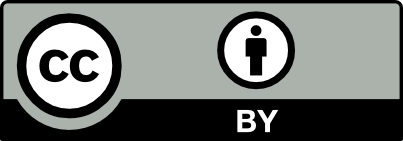


Dr Lifei Wang | Can Species Distribution Models Inform Us About Future Ecosystems?
The world is buzzing with news about how human activities and climate shifts are reshaping our ecosystems. Have you ever wondered how life will adapt to this rapidly changing world? Ecologists might be able to predict how different species will live in future using computer simulations. Dr Lifei Wang at the University of Toronto Scarborough investigates how different stimulations work under varying conditions to provide new insights into what may lie ahead.

Dr Yong Teng | Improving the Outlook for Head and Neck Cancer Patients
Dr Yong Teng at the Emory University School of Medicine is working with colleagues to overcome the high mortality of individuals diagnosed with cancers affecting the head and neck. One of his approaches is based on understanding the particular mechanisms of the ATAD3A gene, which new insights suggest are closely related to cancers affecting the head and neck.

Dr Tsun-Kong Sham – Dr Jiatang Chen – Dr Zou Finfrock – Dr Zhiqiang Wang | X-Rays Shine Light on Fuel Cell Catalysts
Understanding the electronic behaviour of fuel cell catalysts can be difficult using standard experimental techniques, although this knowledge is critical to their fine-tuning and optimisation. Dr Jiatang Chen at the University of Western Ontario works with colleagues to use the cutting-edge valence-to-core X-ray emission spectroscopy method to determine the precise electronic effects of altering the amounts of platinum and nickel in platinum-nickel catalysts used in fuel cells. Their research demonstrates the potential application of this technique to analysing battery materials, catalysts, and even cancer drug molecules.

Dr Michael Cherney – Professor Daniel Fisher | Unlocking Woolly Mammoth Mysteries: Tusks as Hormone Time Capsules
The impressive tusks found on proboscideans (the order of mammals that includes elephants, woolly mammoths, and mastodons) are like time capsules, preserving detailed records of their bearers’ lives in the form of growth layers and chemical traces. Frozen in time for thousands of years, these layers can unlock secrets about the lives of long-extinct relatives of modern elephants. Dr Michael Cherney and Professor Daniel Fisher from the University of Michigan used innovative techniques to extract and analyse steroid hormones preserved in woolly mammoth tusks. This ground-breaking work opens new avenues for exploring the biology and behaviour of extinct species.
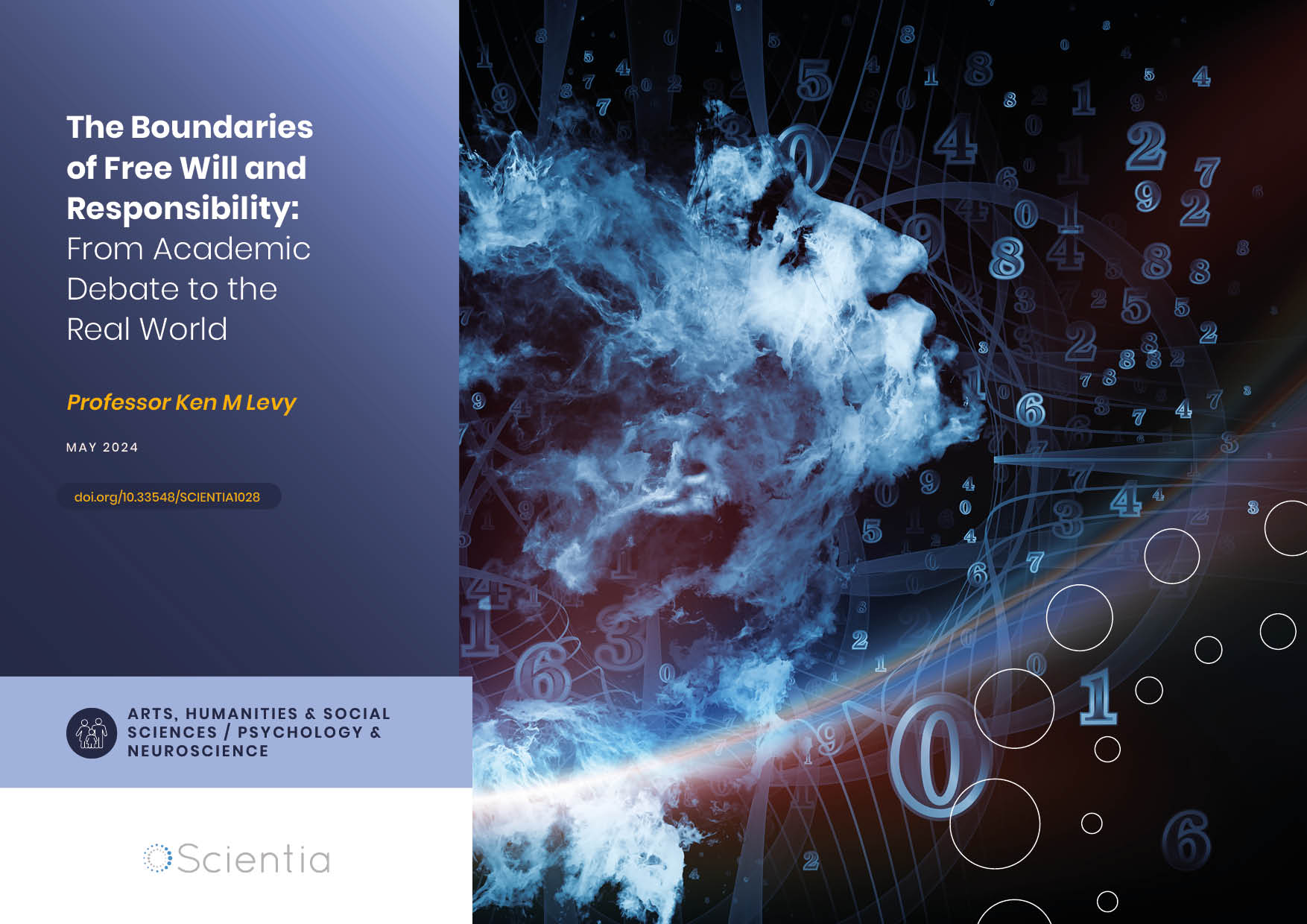
Professor Ken M Levy | The Boundaries of Free Will and Responsibility: From Academic Debate to the Real World
For almost thirty years, Professor Ken M Levy of Louisiana State University Law School has been thinking and writing about free will and responsibility. In several articles and his recent book, Free Will, Responsibility, and Crime: An Introduction (Routledge 2020), Professor Levy discusses a wide range of subjects, including the myth of the ‘self-made man’, whether psychopaths are culpable for their crimes, and the increasingly popular but highly controversial theory of responsibility scepticism. Professor Levy’s research has profound implications for law, ethics, and society.

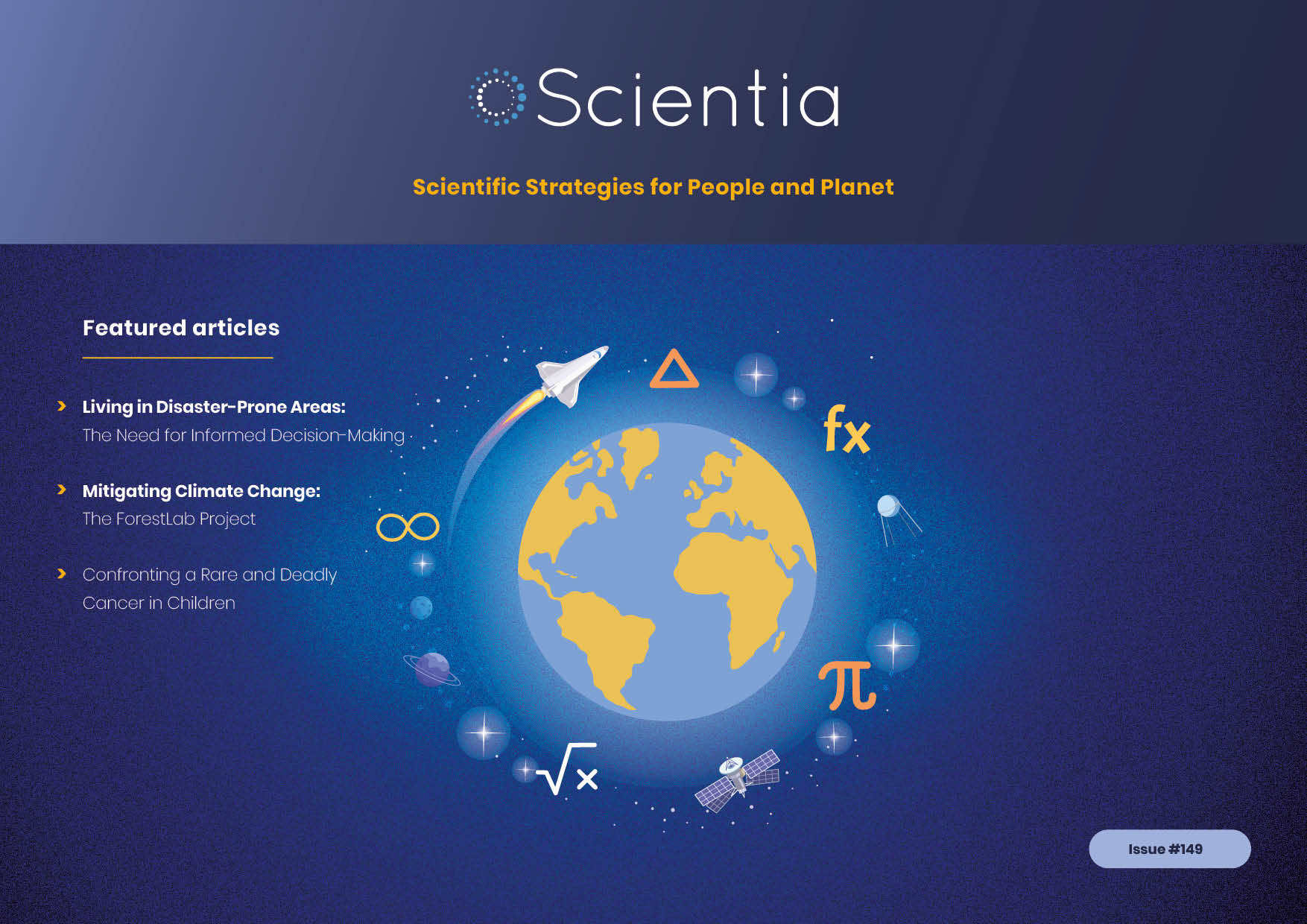
Scientia Issue #149 | Scientific Strategies for People and Planet
This issue of Scientia showcases the researchers making innovative advances in improving the health and well-being of people across the globe, as well as those dedicated to ensuring the health and sustainability of our planet. From advances in the Arts, Humanities & Social Sciences and Education & Training to Business, Economics & Finance and Engineering & Computer Science, we gain fascinating insights into how research drives a better and fairer world.
In Earth & Environmental Sciences, we present the latest developments in navigating the complex challenges of climate change. In Medical & Health Sciences, we update on efforts to confront the challenge of cancer and how diet can promote human longevity. Spotlight on SciComm Corner is a new section highlighting recent and interesting posts from Scientia’s webpages, sharing science communication advice and opinions from the Scientia team and guest bloggers.
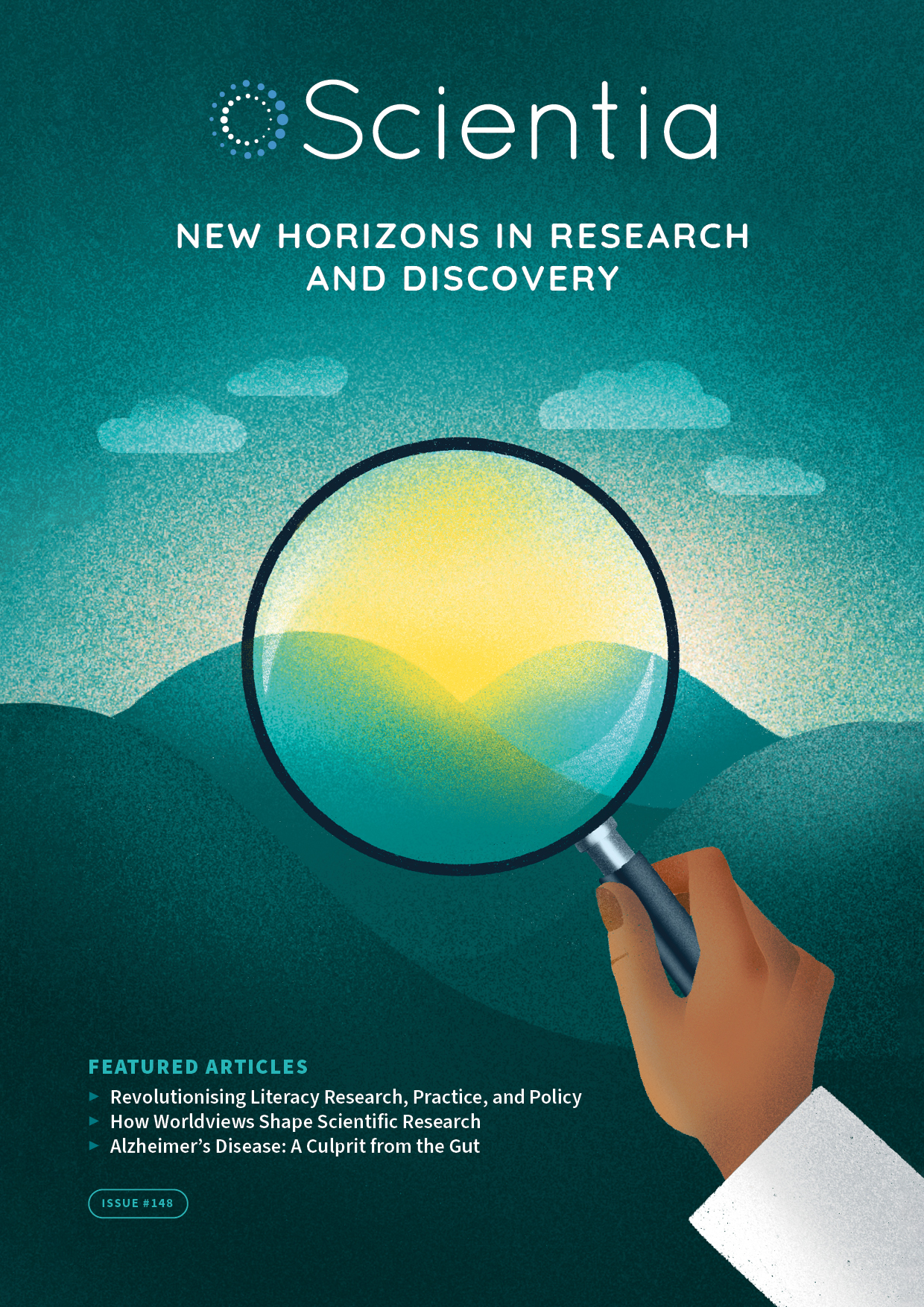
Scientia Issue #148 | New Horizons in Research and Discovery
In our continued mission of connecting science and society, this issue of Scientia showcases some of the most exciting advances and achievements in understanding and confronting global challenges. Disease, poverty, war, inequality, and climate change are just some of the key concerns this issue’s featured researchers address.
We showcase research and discovery across fields spanning the Arts, Humanities & Social Sciences, Earth & Environmental Sciences, Life Sciences & Biology, Physical Sciences & Mathematics, Medical & Health Sciences, and Psychology & Neuroscience. Collectively, the articles presented across these themed sections provide a powerful reminder that we can change our world for the better. And that by opening new horizons across diverse research fields and disciplines, we can drive a brighter future for all.
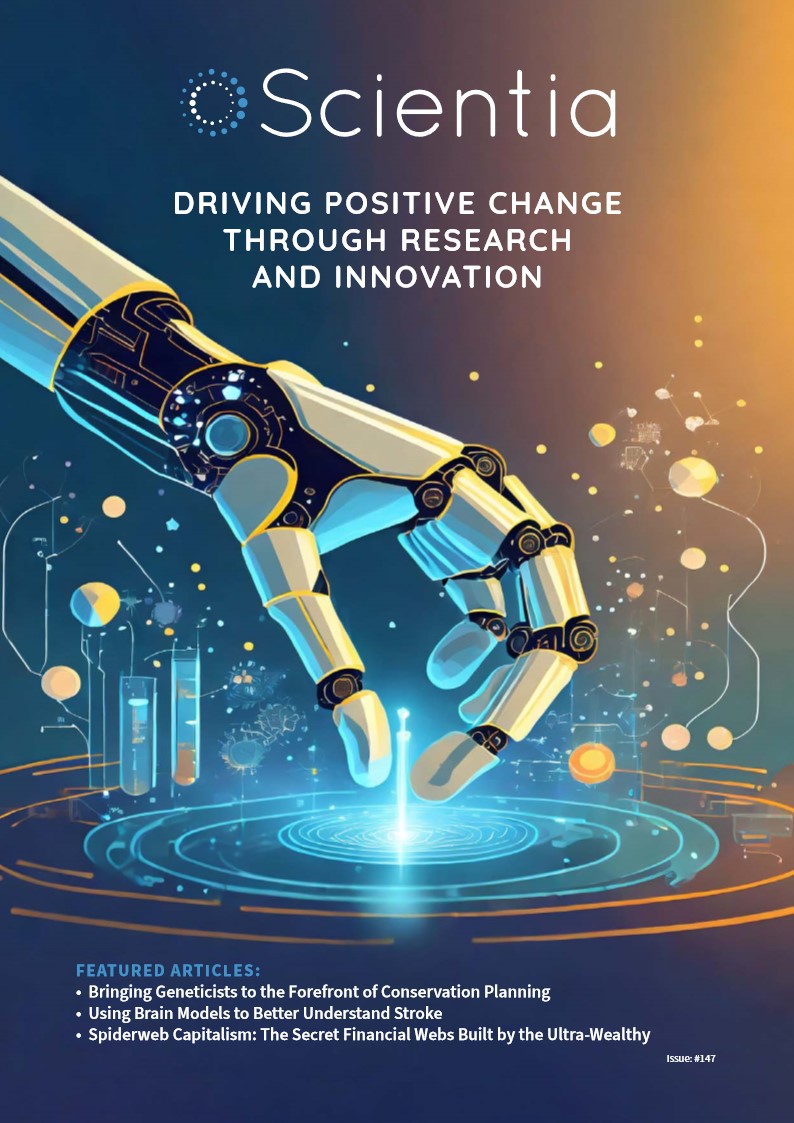
Scientia Issue #147 | Driving Positive Change Through Research and Innovation
This inspiring issue celebrates the work of researchers who are driving positive change for the future across diverse disciplines.
The Earth and Environment section highlights important conservation and climate modelling developments. In Physical Science, Engineering and Technology, we focus on collaboration and education, and in Psychology and Neuroscience, we concentrate on child and adolescent mental health. Our Health and Medicine section presents several key advances in clinical research and our Article of the Year, A Quest for Zero Heart Attacks, which features the incredible work of Professor Gemma Figtree.
Finally, our stimulating social sciences and humanities section provides serious food for thought on topics ranging from economics and capitalism to insights into the history of science journalism.


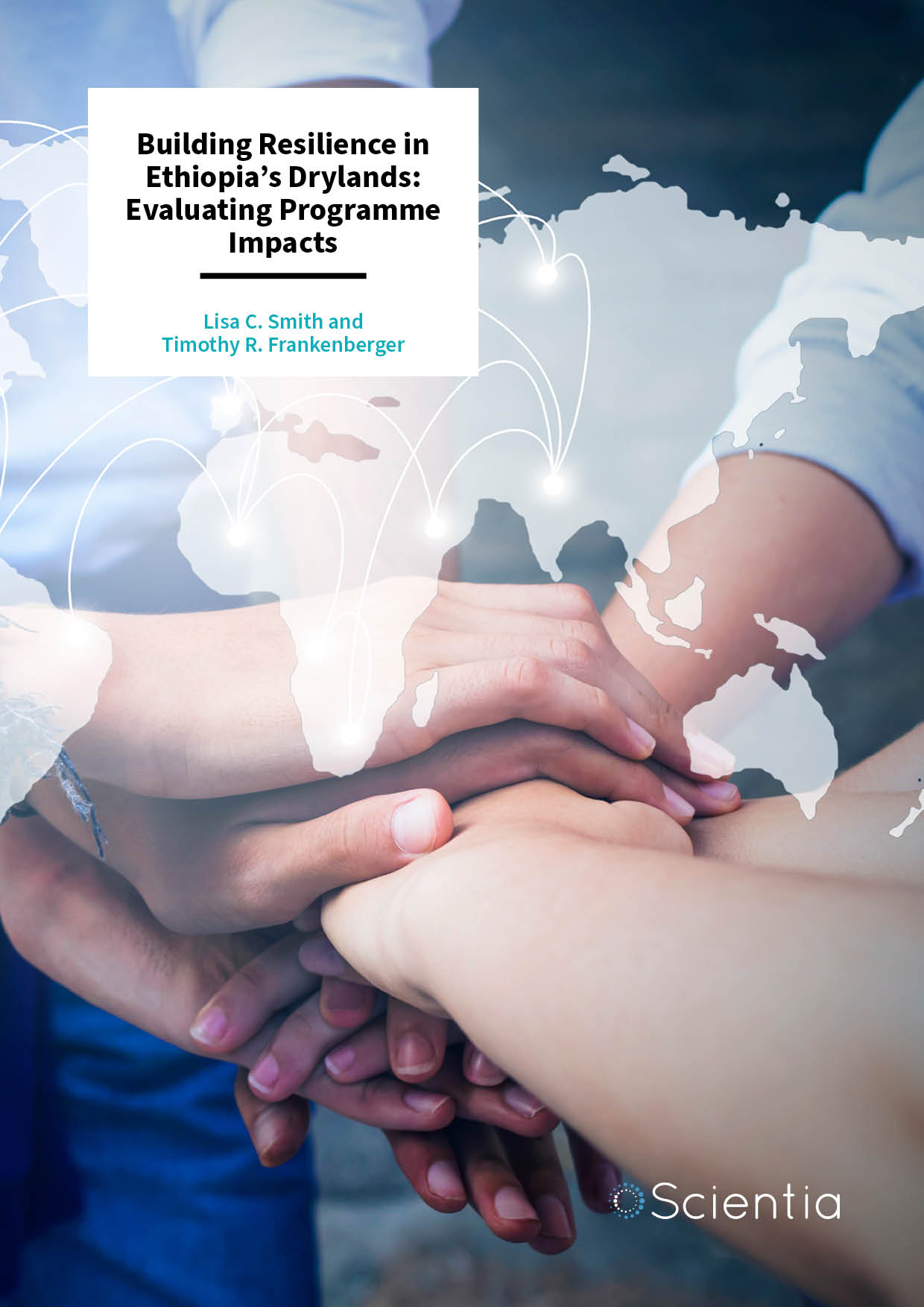
Lisa Smith – Timothy Frankenberger | Building Resilience in Ethiopia’s Drylands: Evaluating Programme Impacts
Developing countries face increasingly destructive crises, including climate, economic, political and health shocks. To improve quality of life and encourage further international development, it is imperative to improve resilience in communities. In recent research, Lisa Smith and Timothy Frankenberger at TANGO International evaluated a programme which aimed to increase resilience among pastoralists and agro-pastoralists in the drylands of Ethiopia. Their discussion includes important recommendations for the design of future programmes.

Dr Susan Kennedy | Understanding Substance Abuse in College Students
Substance abuse in college students is a particular concern. Dr Susan Kennedy, Department of Psychology at Denison University in Ohio, USA, recently led a collaboration with colleagues from the Ohio State University and Kenyon College to explore alcohol and drug use in college students. More specifically, Dr Kennedy and the team wanted to identify at-risk groups and promote student well-being.
SciComm Services

We encourage all formats of sharing and republishing of our articles. Whether you want to host on your website, publication or blog, we welcome this. Find out more



Revolutionise Your Reading Experience with Scientia’s New Innovative Article Design
Discover a new era in science communication with Scientia’s groundbreaking new article layout and design format. Our journey, starting with a print science communication magazine, evolved in 2014 with the introduction of a digital version. The goal was to enhance accessibility and reach a broader audience. In response to the overwhelming demand for digital content and environmental concerns, we took the bold step of transitioning exclusively to publishing via a digital magazine in 2020 – a move that proved highly successful.
[custom-twitter-feeds]
BARRIER FREE POLICY
No pay walls. No subscription walls. No language barrier. Simple instant public access to science – opening a dialogue between science and society.

OPEN ACCESS POLICY
Scientia adheres to the open access policy. Open Access (OA) stands for unrestricted access and unrestricted reuse.


